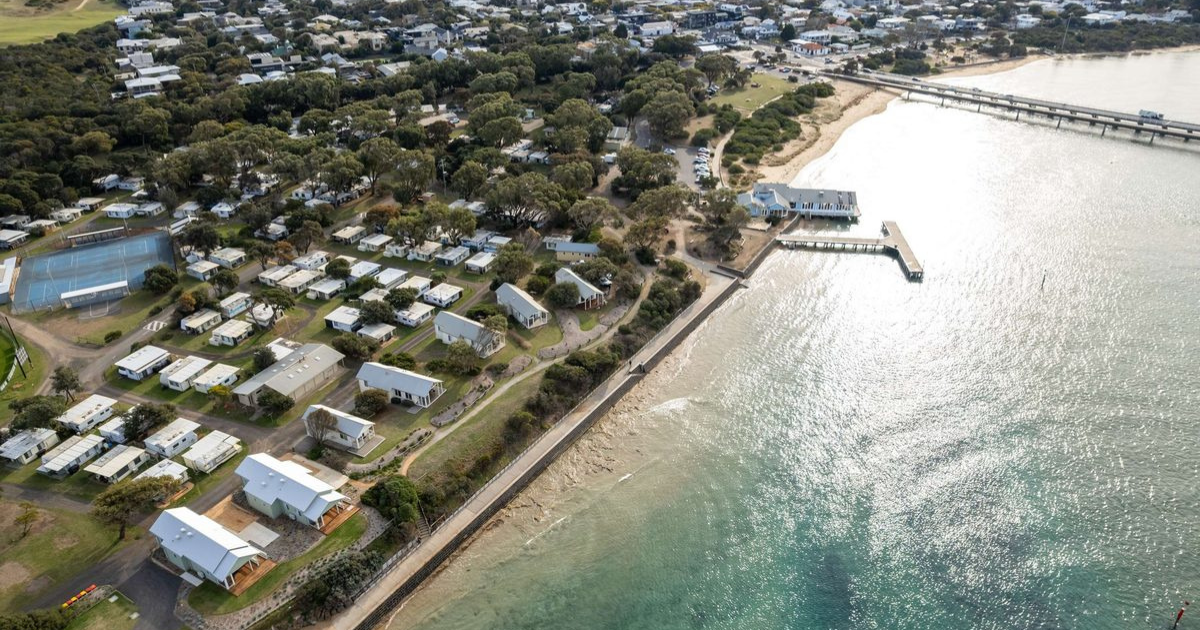Producers need to remain alert for blue-green algae
THE current seasonal conditions remain typical for blue-green algae to thrive in farm water supplies.
Victoria’s Chief Veterinary Officer, Dr Charles Milne, said livestock owners need to remain alert as blue green algae poisoning is usually seen in late summer and early autumn, and can result in poisoning of livestock, including pets.
“As there is no specific treatment for blue-green algae poisoning, producers should check farm water supplies daily for blooms, as this remains the most effective way of preventing stock deaths.
“Blue-green algal blooms typically appear as surface scum that looks like a suspension of green paint or curdled green milk, often with an earthy smell.
“However, the colour may range from pale green to dark brown,” Dr Milne said.
Deaths can occur when stock drink toxins produced by the blue-green algae, often when it is concentrated on the downwind side of a water supply and has formed a dense, surface scum.
Animals that have consumed blue-green algal toxin may appear ill very rapidly, develop a staggery gait, collapse, begin to convulse and die, typically within 24 hours depending on the toxicity of the bloom and the concentration of the toxin.
If a suspicious bloom is noticed, stock should be removed as quickly as possible, and a safe alternate water supply provided.
“Where possible producers should identify an alternative water supply, prior to their primary source of livestock drinking water being affected by a bloom. There may not be time to identify an alternative water source once the primary water supply is affected,” Dr Milne said.
“We recommend laboratory testing of the water supply for the presence of blue-green algae, and a post-mortem examination of dead or sick animals by a veterinarian.”
Blue-green algae toxins may remain on dry pasture for a long time following irrigation, often until there is a rain event or further irrigation with uncontaminated water.
Contaminated water should not be used to irrigate vegetables and fruit, nor should it come into contact with plants being grown for food, particularly fruit and vegetables that are mostly eaten raw, such as apples, grapes, tomatoes, strawberries, cabbages and other salad greens.
It is also recommended to keep stock off pasture that has been irrigated with blue-green algae contaminated water for at least seven days after irrigation.


















